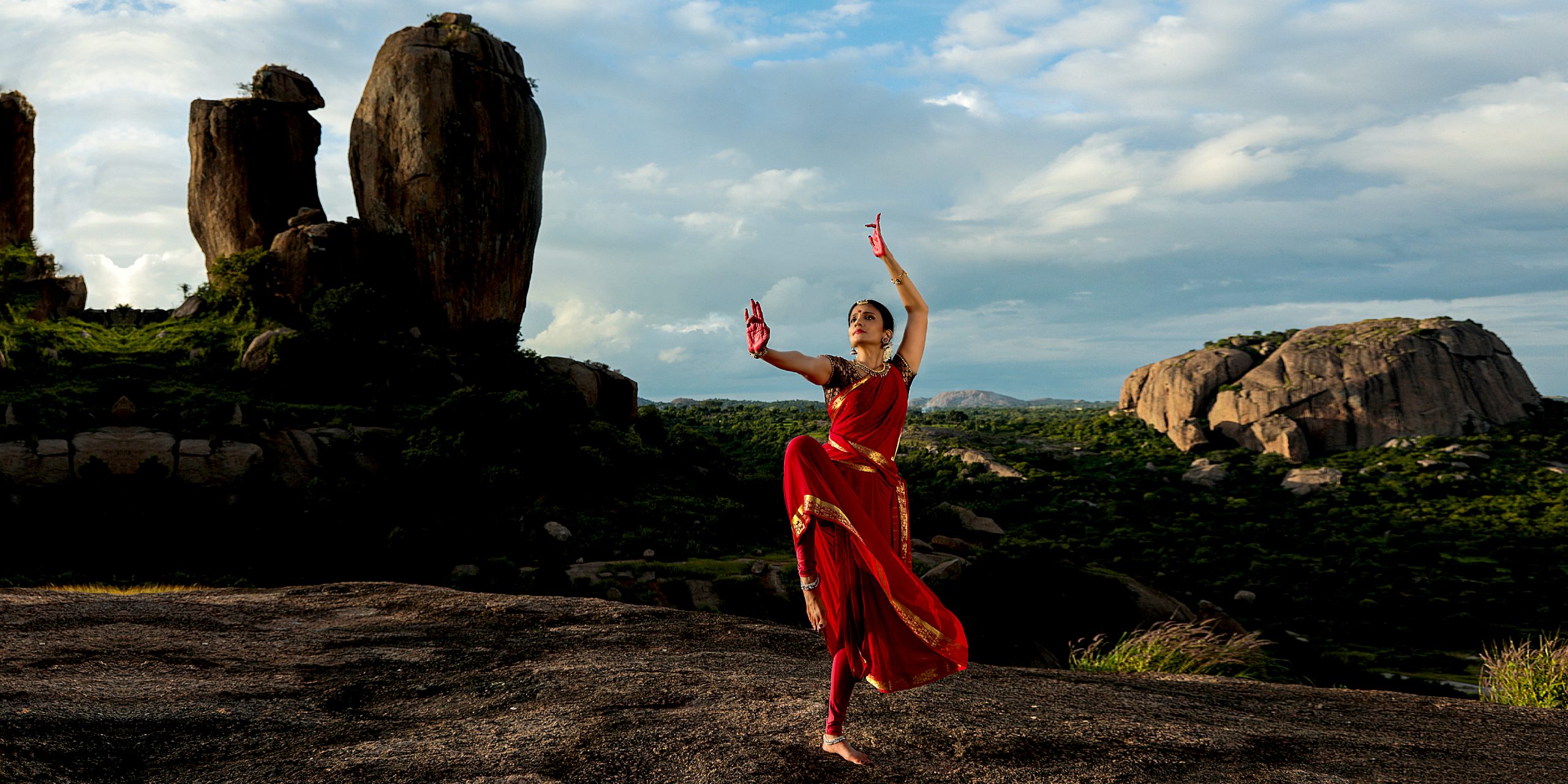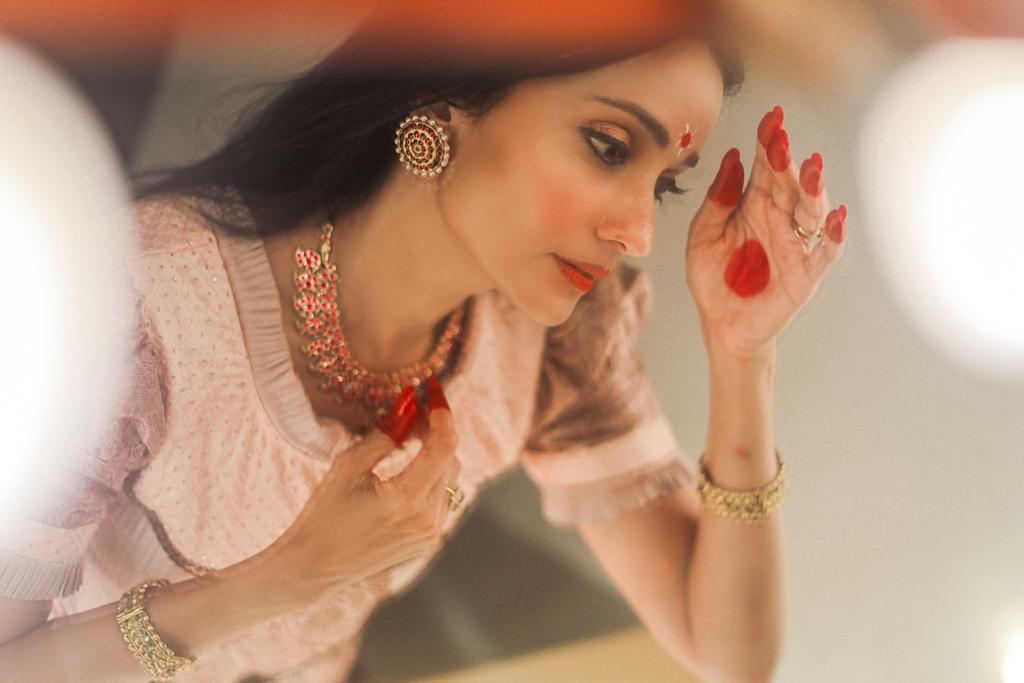The Relevance of Bharathanatyam – a classical tradition meets modern times
Originally Published April, 2012
Rukmini Devi Arundale, arguably the leader of the renaissance movement of Bharathanatyam in the 1930s, would have disagreed with the title I have chosen to speak on. In her words, Bharathanatyam is eternal and therefore it’s relevance lies beyond time. In a purely logical fashion, if I was to agree to the eternity of the dance form, by default what I say is- its relevance in modern times is the same as its relevance in the time of the devadasis, the time of Rukmini Devi Arundale, and will be the same for the next million years. However, as a practitioner of this dance form, I can speak from my personal experience and that of others that the relevance in these times is entirely different from the relevance in the time of the devadasis or any other time in the past. Am I challenging the eternity of the dance form?




Sarah Treue
Most of the classical dance forms in India were initially made for the devadasis. They are continued in that form itself and no new developmental efforts are being taken on these. This condition has to change. Even though the base and originality of the dance form has to be preserved you will also has to put in efforts to bring in new moves and patterns in it.